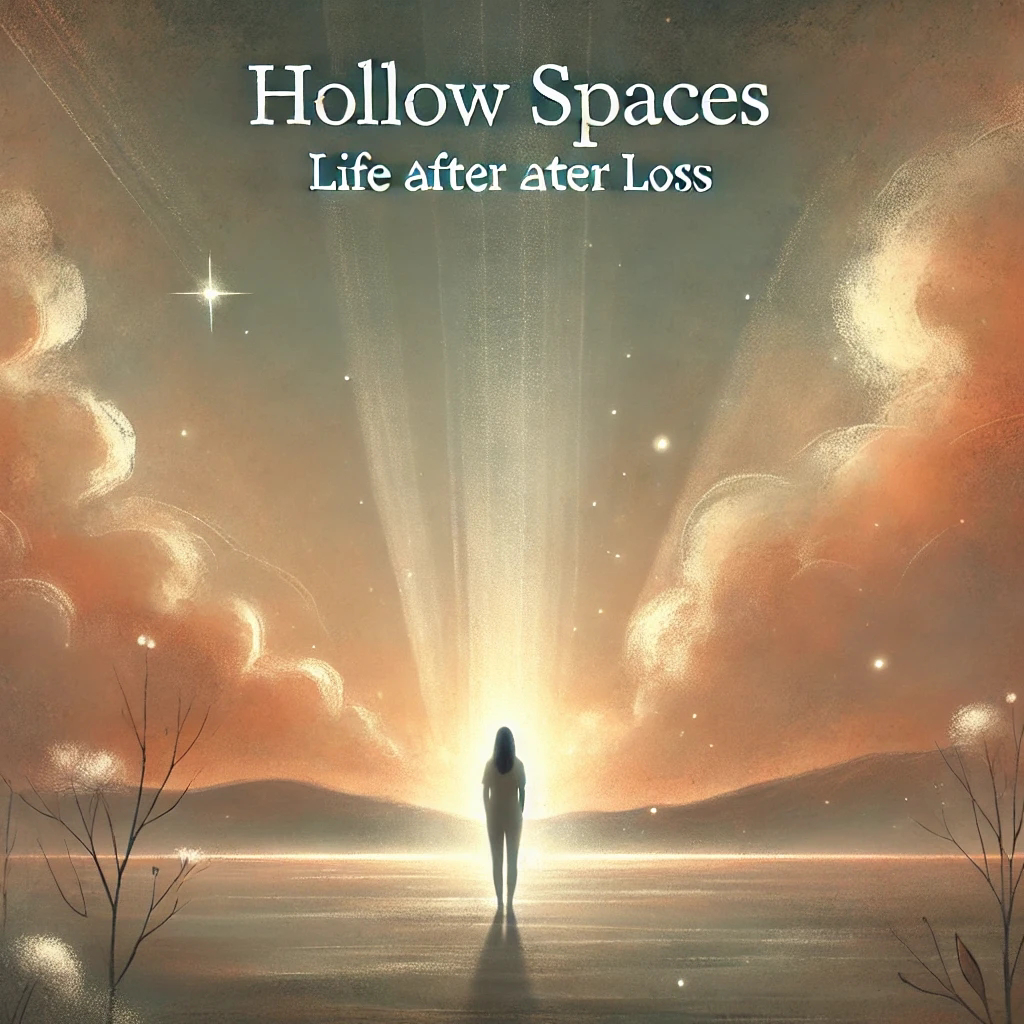Life has a peculiar way of teaching us about the things we hold most dear. Sometimes, it does so gently, with soft whispers and fleeting moments of clarity. Other times, it roars like a storm, leaving hollow spaces where love once thrived. This is a space for those moments—the silent, aching voids left behind by loss—and for the stories, reflections, and healing that emerge from them.
When my mother passed unexpectedly, it felt as though the foundation of my world had crumbled. She wasn’t just a mother; she was the queen our family—the glue that held us together, the one whose presence gave meaning to every celebration, challenge, and ordinary day. Her absence wasn’t just a loss of a person but a loss of an energy that made everything feel whole.
In the days, weeks, and months that followed, I found myself searching for understanding. Grief is not a neat, linear process, despite what well-meaning advice might suggest. It’s messy, chaotic, and deeply personal. For me, it became a journey—a quest to unravel the mysteries of life and death, of the bonds that persist beyond the physical, and of how we, as humans, navigate the pain.
The Nature of Loss
Loss doesn’t just mean losing someone; it’s also the loss of the life we imagined with them. It’s the plans we’ll never fulfill, the words we’ll never say, and the milestones they won’t witness. For those of us left behind, this absence creates what I’ve come to call “hollow spaces.” These are the parts of our lives that feel empty yet demand our attention, forcing us to confront feelings of sorrow, anger, and even guilt.
Grief is not just an emotional state—it’s a physiological, psychological, and spiritual process. It affects how we think, act, and connect with the world. Some days, it feels like an open wound; on others, it’s a quiet ache that whispers through the cracks of our being. And yet, grief is also a testament to love. We grieve deeply because we have loved deeply.
My Quest for Answers
As a reader, I’ve sought solace and meaning in psychology, philosophy, and even quantum physics. Why do we form such intense bonds? What happens to the essence of a person after they’re gone? How do we heal when the pain feels insurmountable? These are the questions that have guided my journey and shaped this blog.
From existential philosophers like Viktor Frankl, who believed that meaning arises from suffering, to psychological frameworks like the Kubler-Ross model, which explores the stages of grief, I’ve learned that there is no singular path to healing. Every journey through grief is unique, shaped by the intricacies of our relationships, our beliefs, and our capacity for resilience.
Finding Connection in Hollow Spaces
This section, Hollow Spaces: Life After Loss, is dedicated to exploring these questions and more. It’s a place for raw reflections, shared stories, and compassionate guidance. Here, we’ll delve into the intricacies of grief and loss, but also into the resilience, growth, and connections that emerge from it.
In sharing my story, I hope to create a space where others can feel seen and understood. Whether it’s the bittersweet memories that resurface unexpectedly, the struggle to make sense of a world without our loved one, or the ways in which we carry their essence forward, this is a space for all of it.
An Invitation to Heal Together
Grief is universal, yet profoundly individual. It has a way of uniting us in our shared vulnerability while reminding us of the uniqueness of our pain. My hope is that Hollow Spaces becomes a sanctuary—a place where we can navigate the complex terrain of loss together.
If you’ve ever felt the hollow spaces of loss, you’re not alone. This is your invitation to join me in exploring what it means to heal, to remember, and to honor the love that lingers in those spaces. Together, we can transform the echoes of loss into something meaningful, something healing, something beautiful.
Welcome to Hollow Spaces: Life After Loss. Let’s begin this journey together.
Stay curious.
With love,
April
Cognitive Psycho




